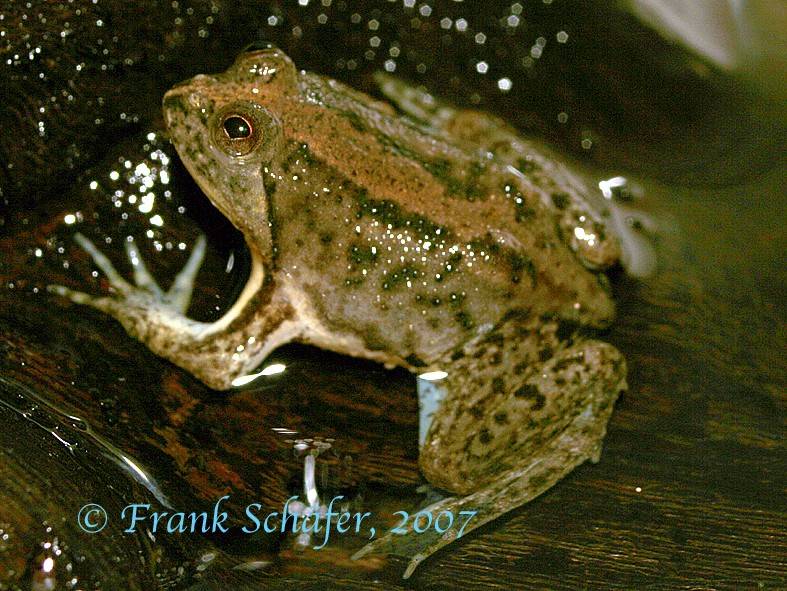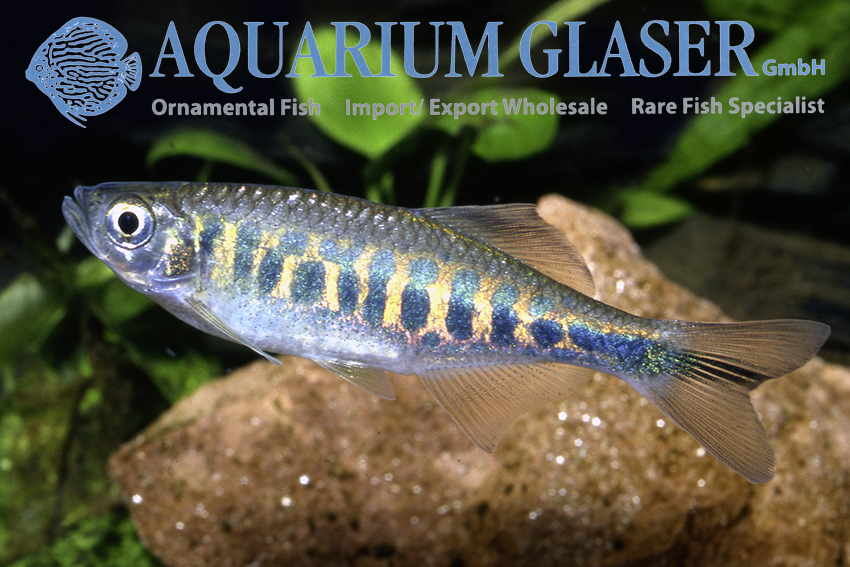
(17.Dec.2007) Pistolshrimp…that`s what they are called. Currently we have a very limited number in stock.
Generally this is a brackish item, which is totally adapted to live in freshwater. They come from the peninsula
of Malaysia. They can create a sound like the shoot of a pistol, which is why they are called Pistolshrimp. You
can hear this very well even outside of the tank! Among themselves they are incompatible. We recommend to keep
them single. You can feed them with all kinds of different foods….they just eat everything.
(Photo F.Schäfer, Text R.Neunkirchen)
| Angaben zum Tier | |
|---|---|
| Herkunft | Thailand |
| Verfügbare Größe in cm | 5-7 |









































































































